
Why are roses grafted?
The different rootstocks and their characteristics to better choose your rose bush
Contents
When purchasing a rose, one of the essential yet often overlooked criteria is the choice of rootstock. This information can sometimes be difficult to find, as it is not always mentioned in garden centres or shops.
Roses are indeed plants primarily propagated by grafting, just like fruit trees or certain horticultural plants.
Grafted varieties benefit from the qualities of their rootstock (tolerance to a specific type of soil or resistance to a particular disease, for example), while retaining their own aesthetic advantages.
Rosa canina, Rosa multiflora, or Rosa laxa: let’s take a look at the different rootstock varieties, their advantages and disadvantages to find the one that will best suit the specifics of your garden.
The multiplication of roses by grafting
Sowing does not always yield reliable and effective results for multiplying a plant while preserving its genetic material, meaning obtaining an identical variety. On the other hand, while propagation by cuttings allows for a “clone” of the mother plant, this technique does not consistently offer a high success rate and can create subjects that are too sensitive to growing conditions and exhibit unstable development.
Multiplication should therefore be done through grafting, particularly with modern hybrid roses.
To achieve this, a rose variety valued for its qualities (flowering, fragrance) is grafted onto a botanical rose, which has demonstrated adaptability to a specific type of soil, climate, disease resistance, or good vigour.
A shoot or bud from the scion is then implanted into the tissues of the rootstock. This new rose will thus benefit from the genetic advantages of both varieties: its weaknesses will be mitigated, making it more resilient. In summary, the scion provides branches, flowers, and even fruits, while the rootstock supplies roots and natural vigour.
Grafting therefore allows for the creation of a variety that combines the qualities of two species. This rose will be better suited to certain climatic conditions (cold, humidity, drought…), certain types of soils (sandy, heavy, acidic, calcareous…) and will thus be more resistant to diseases (powdery mildew, downy mildew, rust, botrytis…).
Finally, grafting is essential for obtaining certain varieties with specific shapes that do not exist naturally, such as
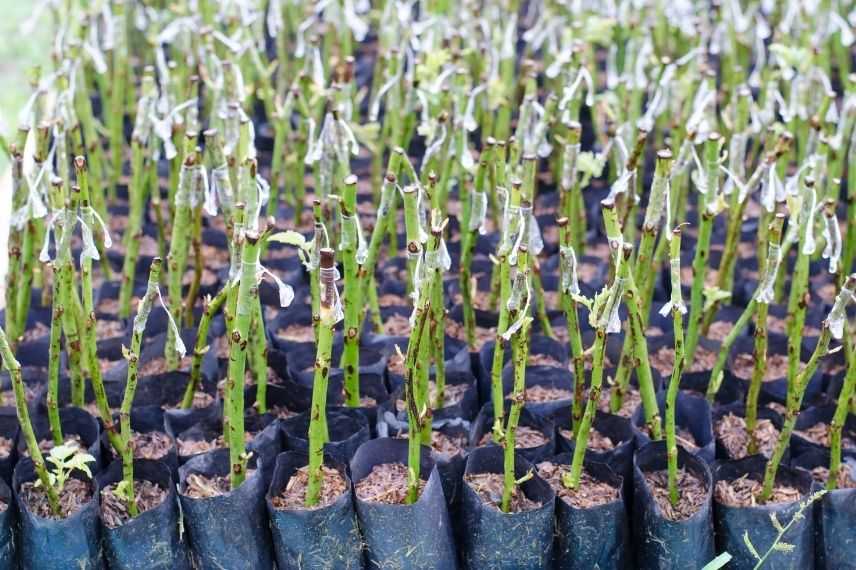
Grafted roses
The different rootstocks for roses
So which rootstock should you choose? It all depends on the characteristics of your garden, the cultivation constraints, and the intended use.
Let’s take a look at the most common rootstocks for roses, along with their main advantages.
Rosa canina: cold tolerance and adaptability to almost all soils
Rosa canina is also known as the dog rose. It is a wild rose species and the most commonly found native species in France.
Its robustness and natural vigour have allowed it to be the sole rootstock for horticultural roses for many years. It is also the easiest rootstock to obtain.
It is used for: large-flowered varieties, Tea hybrids, Floribunda roses, and climbing roses.
Pros:
- vigour
- hardiness
- ease of cultivation
- tolerance to most soils (cold, poor, dry, sandy to stony, even calcareous)
- low susceptibility to diseases
Cons:
- does not tolerate acidic soils
- requires sunny exposure (possibly partial shade in hot climates)
- very suckering (produces many shoots)
- less drought-resistant
Many varieties of canina roses are used as rootstocks. For example, there is a thornless variety called Rosa canina inermis, sometimes used for shrub or climbing roses in acidic soil. The canina rose ‘Pfander’ is used for standard, weeping, and dwarf roses.
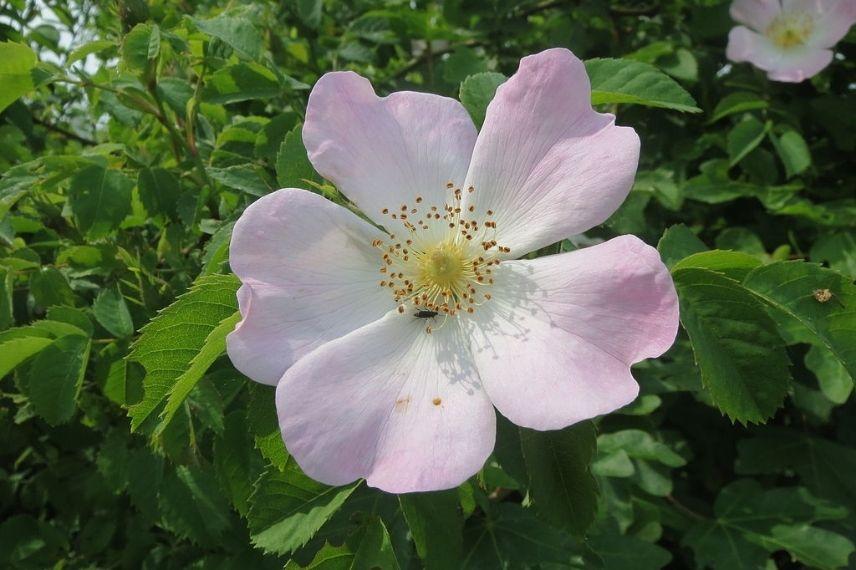
Rosa canina (photo AnRo0002 – Wikimedia)
Rosa laxa: for cultivation in calcareous soils
Rosa laxa is a rootstock particularly tolerant of soil types. Its strong point is its ability to grow even in calcareous soils, which can cause leaf yellowing (chlorosis) in other varieties before leading to their demise.
Its growth tends to stop quite early in the year, allowing the aerial parts to mature before the cold season, making the branches less sensitive to cold and frost. It is a well-used rootstock in Eastern France and Switzerland.
It is used for: bush and climbing roses, some Tea hybrids, especially for open ground cultivation.
Pros:
- vigour
- deep root system, allowing it to withstand both drought and frost
- good longevity
- adapts to all soil types
- intense flower colours
- inermous stems (almost thornless)
- few suckers
Cons:
- less branched than other rootstocks
- may be susceptible to rust
- does not work with all Tea hybrids

Rosa laxa
Rosa multiflora: vigour and ideal for container cultivation
Rosa multiflora provides grafted roses with good vigour and a more branched silhouette than other rootstocks. It is quite common in the Loire Valley.
It is used for: container cultivation, bush and climbing roses.
Pros:
- vigour
- branched and stocky habit
- supports acidic soils
- floriferous
- disease-resistant
- resistance to frost and drought
Cons:
- does not tolerate calcareous soils
- shorter longevity (especially with large-flowered roses and Tea hybrids)
- fades bright flower colours (pink, orange)
- hardiness sometimes too low
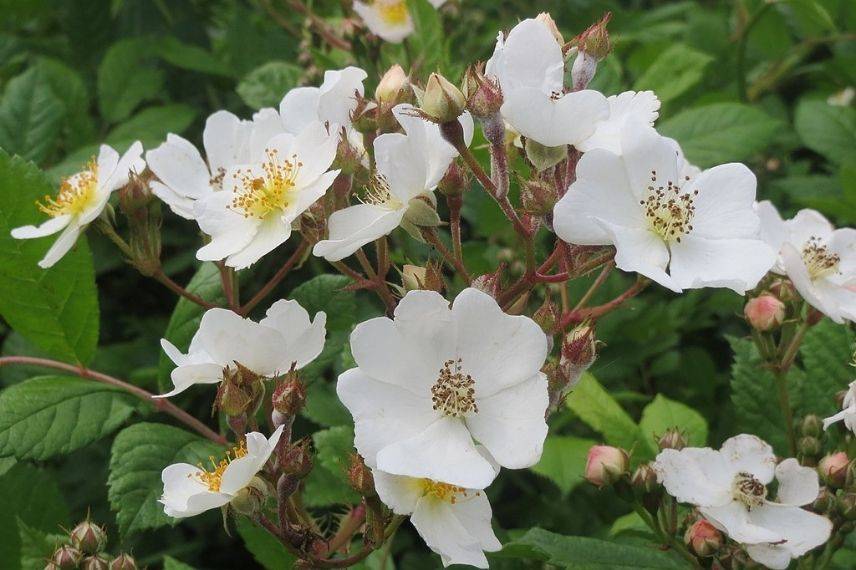
Rosa multiflora (photo AnRo0002 – Wikimedia)
Rosa rugosa: for wet soils
This rootstock is also used as an ornamental rose, easily found in garden centres. It tolerates wet, even marshy soils, due to its shallow root system that remains near the surface.
It is used for: large-flowered roses, cut roses.
Pros:
- cold resistance
- cultivation in wet soils
- tolerance to sea spray and sandy soils
- disease resistance
Cons:
- shorter lifespan
- poor drought resistance
- does not tolerate excess lime
- very suckering

Rosa rugosa (photo Mary Hutchinson – Wikimedia)
Discover other Roses
View all →Available in 0 sizes
Available in 0 sizes
Available in 2 sizes
Available in 3 sizes
Available in 2 sizes
Available in 2 sizes
Available in 2 sizes
Available in 2 sizes
Available in 2 sizes
Available in 2 sizes
The degeneration of the grafted rosebush
Grafted roses can be affected by a degeneration phenomenon. This occurs when the flowers of the rootstock (wild rose flowers) appear on the plant. This is the development of “suckers”. Once identified, these “undesirables” must be removed to prevent them from overshadowing the grafted variety.
Their appearance can be prevented by avoiding deep digging, which can damage the roots of the rootstock.
For more information, feel free to consult our dedicated advice sheet Help, my rose is degenerating! to understand and stop the degeneration of your rose.
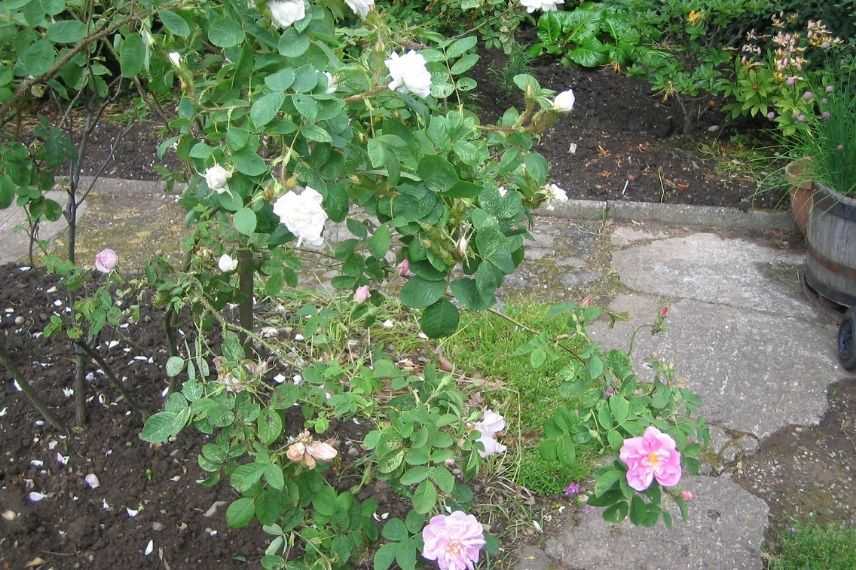
A single rose displaying flowers of different colours due to the growth of a sucker (photo Nadia308 – Flickr)
- Subscribe!
- Contents
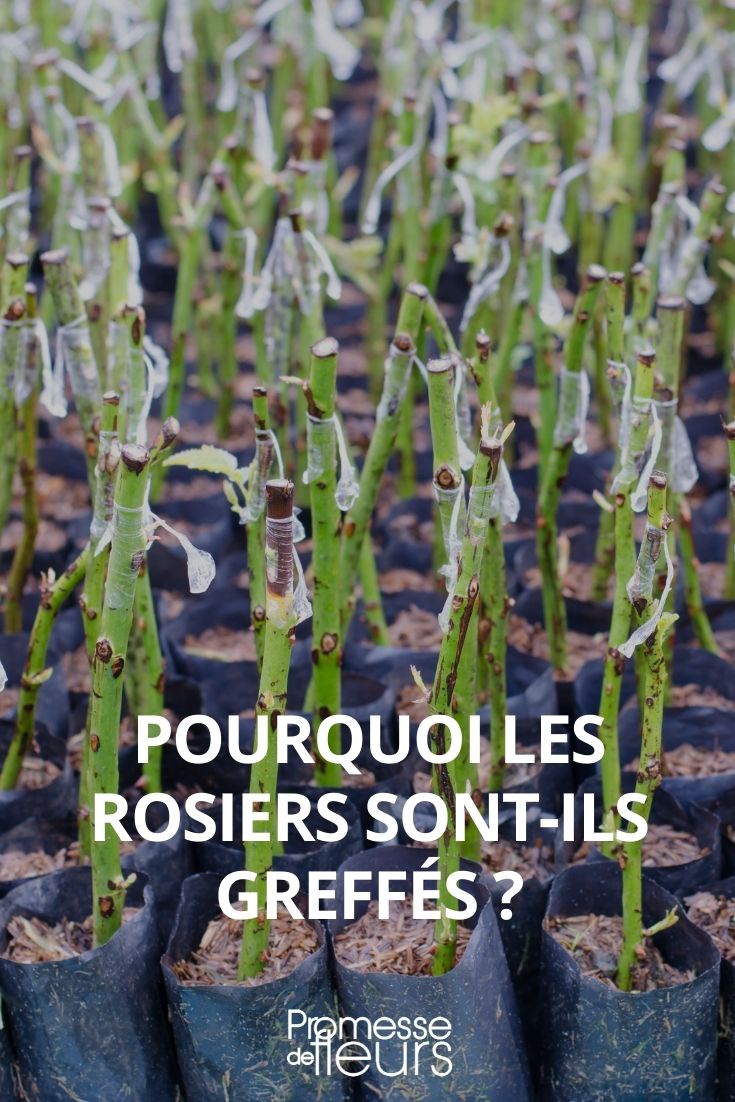









































Comments